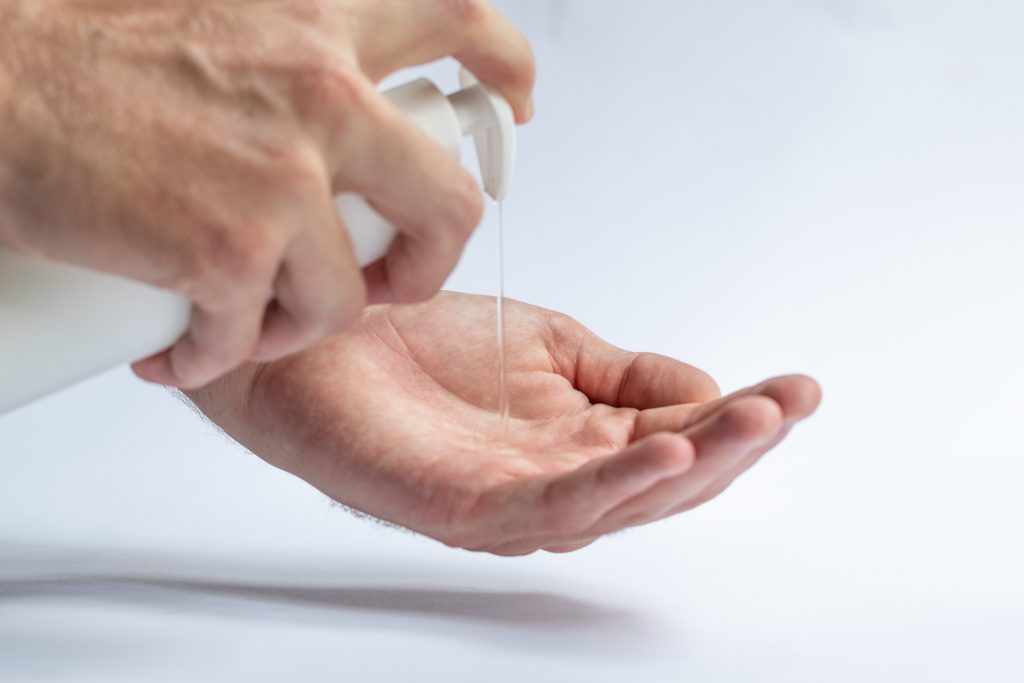
We’ve been using both disinfectants and antiseptics for over 200 years now. Due to recent events, it’s come to the forefront of civilization’s need for survival. Yes, the start of 2020 wasn’t just the lack of restocking for paper towels.
You might vaguely know what they are, but you might need a little refresher on their differences and uses. Fortunately, in this article, you’ll see the most common types and which would work best for you. Though, why do we need them in the first place?
Why Do We Need Disinfectants and Antiseptics?
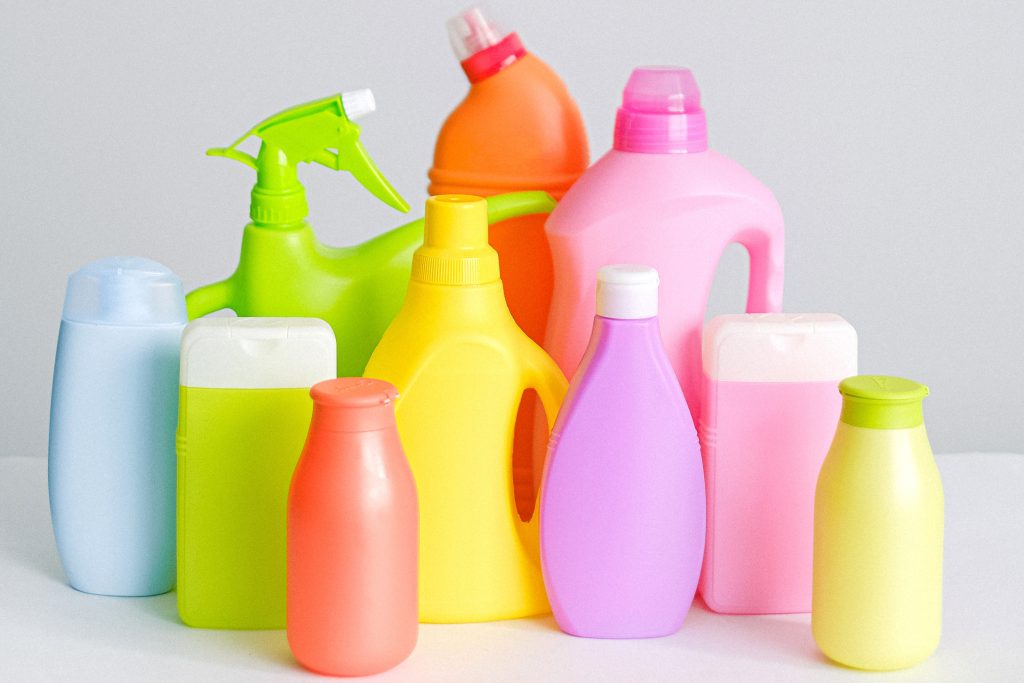
With regards to anything we put near or inside our bodies, they need to be properly sterilised first. Our bodies, albeit a marvel of evolution, need equilibrium. There’s a delicate balance of systems that need to stay balanced. Otherwise, things will start to go haywire with bacteria.
Of course, not all bacteria are bad. These organisms, when it comes to the harmful variety, don’t take kindly to us. They lead to infectious diseases. Before anything like this could happen, in swoops in disinfectants and antiseptics. These heroes will help us maintain cleanliness, and therefore, protect us from these invading pathogens.
As Disinfectants
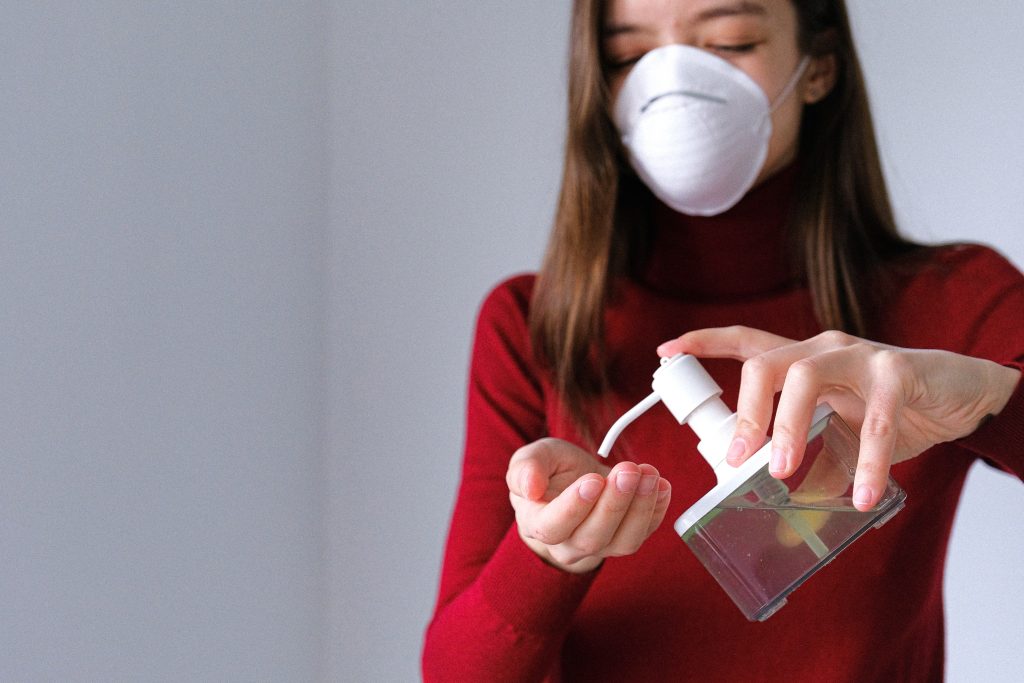
Disinfectants come in all shapes and types. Since they need to sterilize a variety of instruments and surfaces. They’re supposed to stop the spread of pathogens onto other things, including us. The common types of disinfectants are featured below, including their benefits and proper usage.
Do note that not every disinfectant will work for you. In most cases, you’ll either need ready-made commercial formulations or make your own. The stronger concentrates are specifically made for healthcare and industrial settings. Please exercise caution when handling chemicals like these.
The Different Types of Disinfectants
Chlorine and Other Chlorine Compounds

The most commonly-used disinfectants are chlorine-based ones or hypochlorites. Its main component, chlorine, efficiently eliminates bacteria and other pathogens by breaking down a molecule’s chemical bonds.
Disinfectants like these can be used in both solid (calcium hypochlorite) and liquid (sodium hypochlorite) forms, like bleach. Typical household bleach is around 5% sodium hypochlorite.
You can easily buy bleach in grocery stores since it’s cheap to buy and relatively safe to use. When properly diluted in water, the solution can kill viruses like strep and the flu virus. Once you make the solution, make sure to use it right away for the bleach to be effective.
Glutaraldehyde
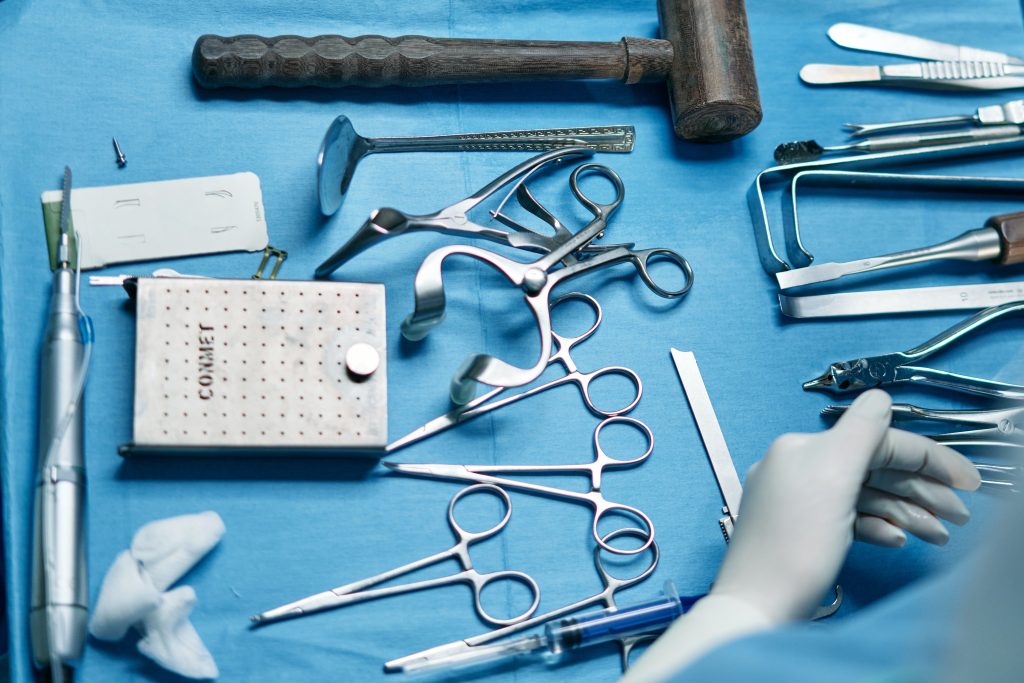
One of the many useful disinfectants in the medical field has to be glutaraldehyde, which is this glutaral-based, high-level steriliser. It’s this colourless, rather oily, and strong-smelling substance in liquid form. It’s used in healthcare in a myriad of ways such as decontaminating heat-sensitive surgical tools.
As a disinfectant, it’s quite useful as well as powerful. Medical professionals exposed to this solution take extra precautions when handling it. They make sure to avoid skin contact and to wear other protective gear such as goggles and face shields.
Ortho-phthalaldehyde (OPA)
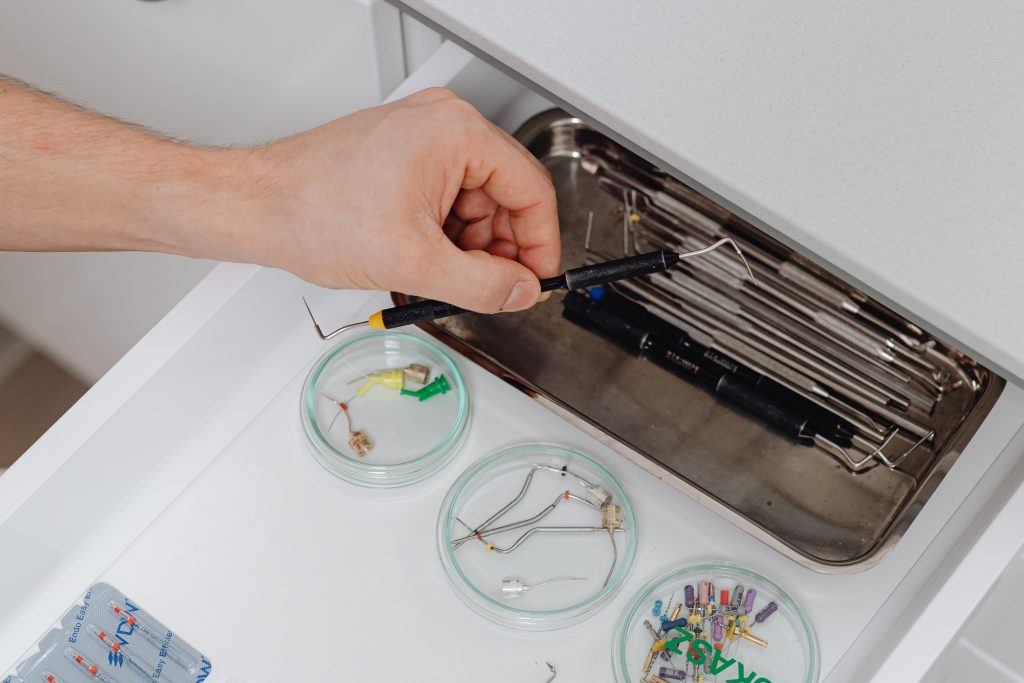
Another high-level, instrument-grade disinfectant is OPA or ortho-phthalaldehyde solution. This disinfectant typically has concentrations between 0.55% to 0.57%. Also classified as a high-level antimicrobial disinfectant, it sterilises medical equipment that’s sensitive to heat like endoscopes.
Much like glutaraldehyde, they’re mainly used in healthcare fields to clean medical implements. In contrast with glutaraldehyde, OPA solutions have better antimycobacterial activity. Along with its low volatility, it’s now being shown as a more practical option.
Peracetic Acid
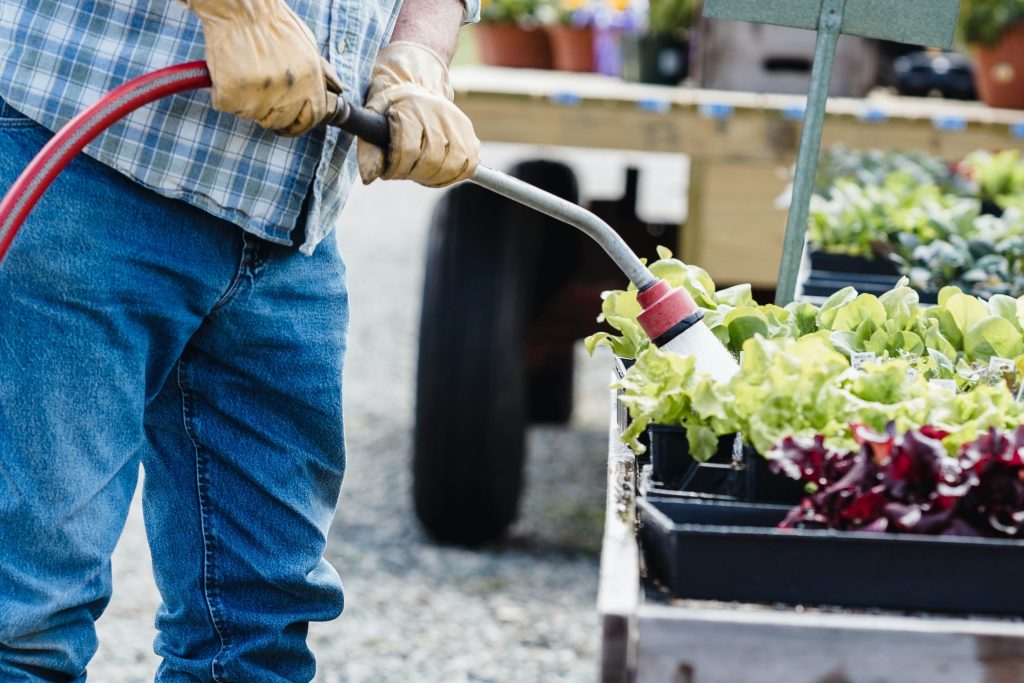
The previous disinfectants are mostly being utilised in healthcare facilities. Peracetic acid is the main cleaning agent in the water and food industry as well as in the medical fields. Apart from decontaminating endoscopic tubing and arthroscopes, it has been disinfecting recirculated wash water for produce.
Like many other disinfectants, it has a distinct odour. This colourless liquid got its cleaning power from the hydrogen peroxide reacting to acetic acid. Even when it dissolves easily in water, this is a strong oxidant, even possibly surpassing chlorine.
As Antiseptics
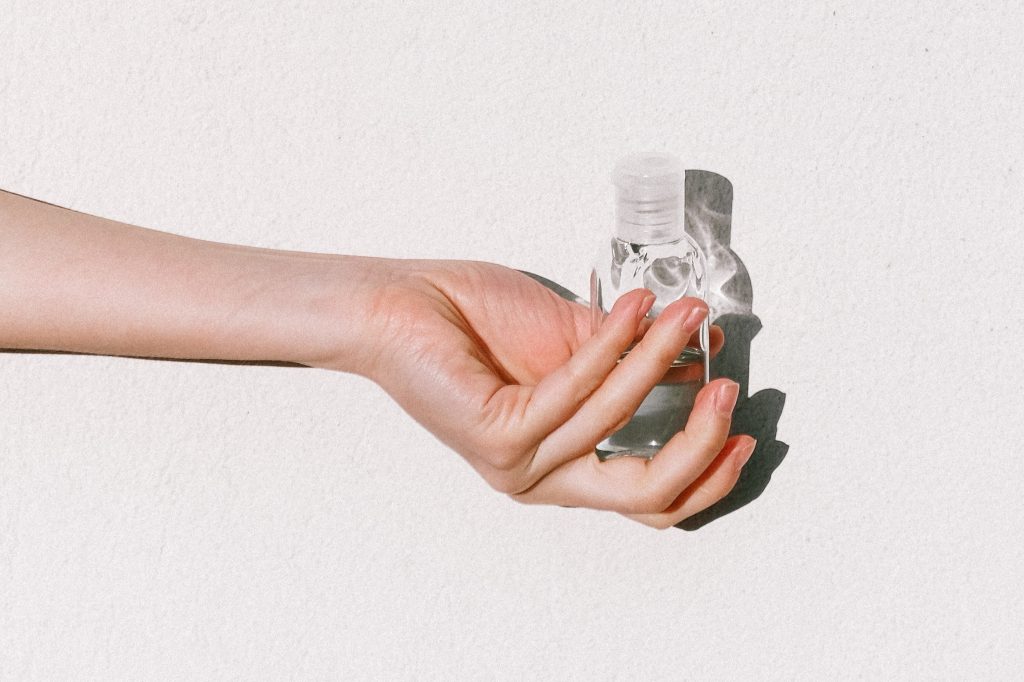
Disinfectants work well on surfaces and implements. Most disinfectants can be too much on our skin. Hence why antiseptics exist, or skin disinfectants. These lower concentrations of chemicals are the safer option when it comes to killing off germs and bacteria.
Generally speaking, there are a lot of antiseptics being used today. One of the main distinctions between them is whether they’re more commonly used by regular consumers or in the healthcare setting.
As you can tell already, antiseptics in the medical field are being used by healthcare professionals. They’re used in clinics and hospitals, before and after medical procedures. They’re available in medical supplies stores.
While the antiseptics used by regular consumers are safer and easily accessible. You can purchase them from a pharmacy or a regular grocery store.
The Different Types of Antiseptics
Antimicrobial Dyes
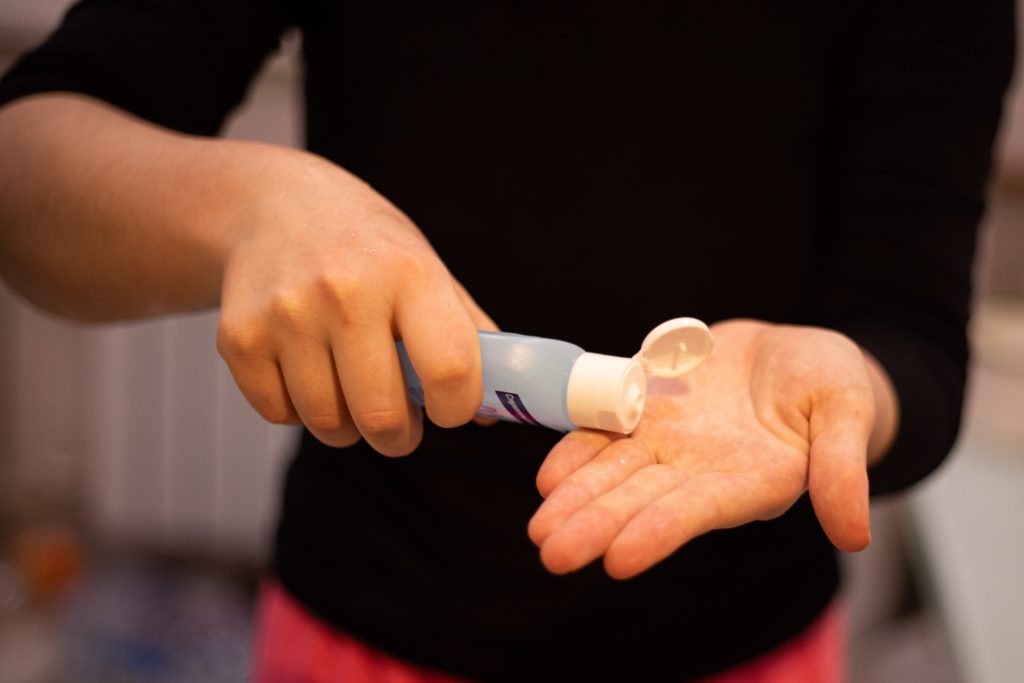
Dyes do more than just add colour. Several researches have shown how many natural dyes offer antimicrobial properties. Now, there are dyes specifically used for their antibacterial properties. Other dyes are primarily antifungal, like gentian violet.
Gentian violet is a dye being used as an antiseptic. Its purpose is to treat athlete’s foot and other yeast and fungal infections. As the name states, it can stain your skin purple. It can be antibacterial as well, but not as much. Instead, for your antibacterial needs, another dye you can try is merbromin or Mercurochrome.
A fun fact about merbromin is that it contains mercury. Mercury stops any kind of infection happening by stopping the metabolism of possible microorganisms. You’ll know when someone uses merbromin when it leaves your skin this reddish hue with a touch of yellowish green.
As Both Disinfectants and Antiseptics
Many of the available disinfectants can also be used as antiseptics, and vice versa. Any cleansing product can be used as both as long as it does its job. It has to eliminate any germs while being non-toxic on the skin. Below are the most accessible ones on the market:
Alcohol
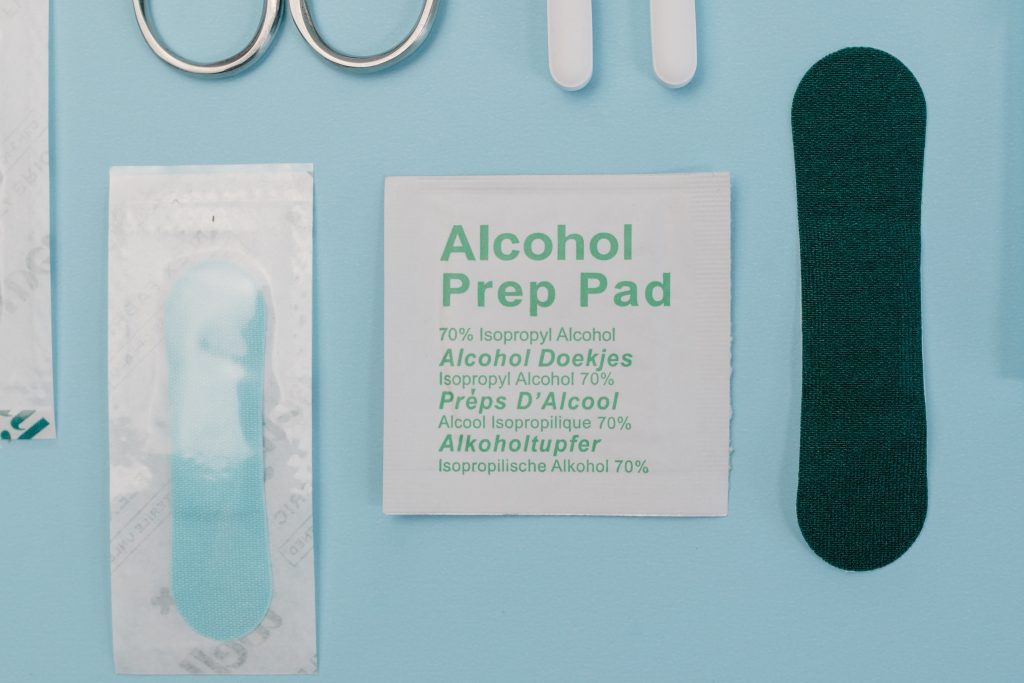
As a low-level disinfectant, alcohol is still a very well-rounded disinfectant. It’s more gentle on the skin than any of the other cleaning agents. It’s more readily available, in products such as wipes, hand sanitisers, and other cosmetics.
There are three types of alcohol available: isopropyl, ethyl, and methyl alcohol. Due to its toxicity, methanol is not available in regular stores or regular settings. It’s used as fuel instead. Both ethyl and isopropyl alcohol are just as effective as a disinfectant as well as an antiseptic.
Either kind is utilised in hospitals and clinics. In a healthcare setting, it’s best to use alcohol on noncritical implements such as blood pressure cuffs. Of course, it’s typically rubbed on your hands to sanitise them.
Hydrogen Peroxide
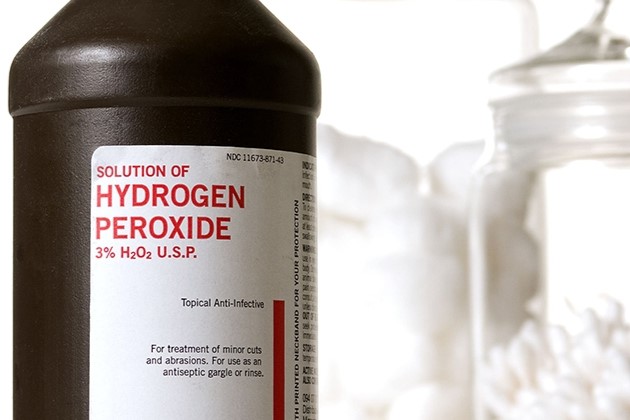
You’ve probably heard about hydrogen peroxide before, though not as a disinfectant. In first aid kits, you end up flinching a bit remembering the sting of the stuff on cuts. It’s not as bad as you remember, and the slight sensation means it’s doing its job. It removes all the germs from any skin wounds if you’re using 3% medical-grade peroxide.
Outside of its medical usage, there are a lot of things you can clean with hydrogen peroxide. From your fridge to the bathroom, it disinfects surfaces like a dream. It could even be used to remove the stain from your clothes. When its extra oxygen molecule oxidises, that’s when germs get destroyed.
Iodophors
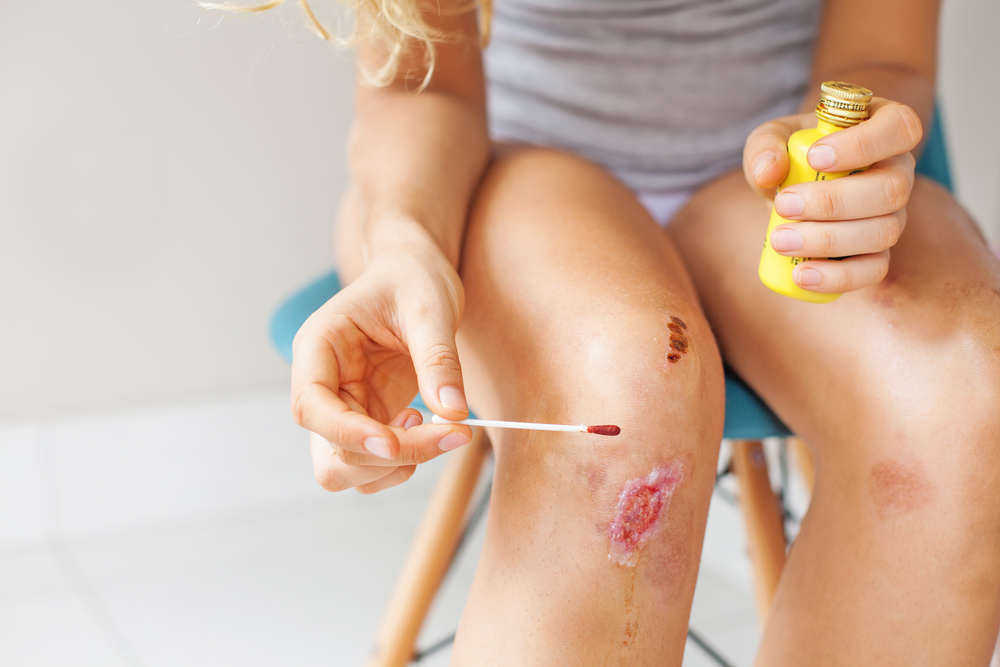
Iodophors are another example of a less-toxic solution for your disinfecting needs, but they do leave a yellowish tint. It has iodine in it, which is the main reason why it’s so effective. The concentrations can be from 60-75 ppm. You might already have it in your first aid kit in the form of povidone iodine.
Classified as a first-aid antiseptic, povidone iodine is used and has been proven to lessen the risk of infection. It’s a water-soluble compound that disinfects the surface of the eye and skin before treatment. It’s also been used by surgeons to thoroughly clean their hands.
Like most antiseptics, it’s meant for external use only for safety. You can also use it to clear away a wound or a cut before putting on a bandage for protection.
Chlorhexidine
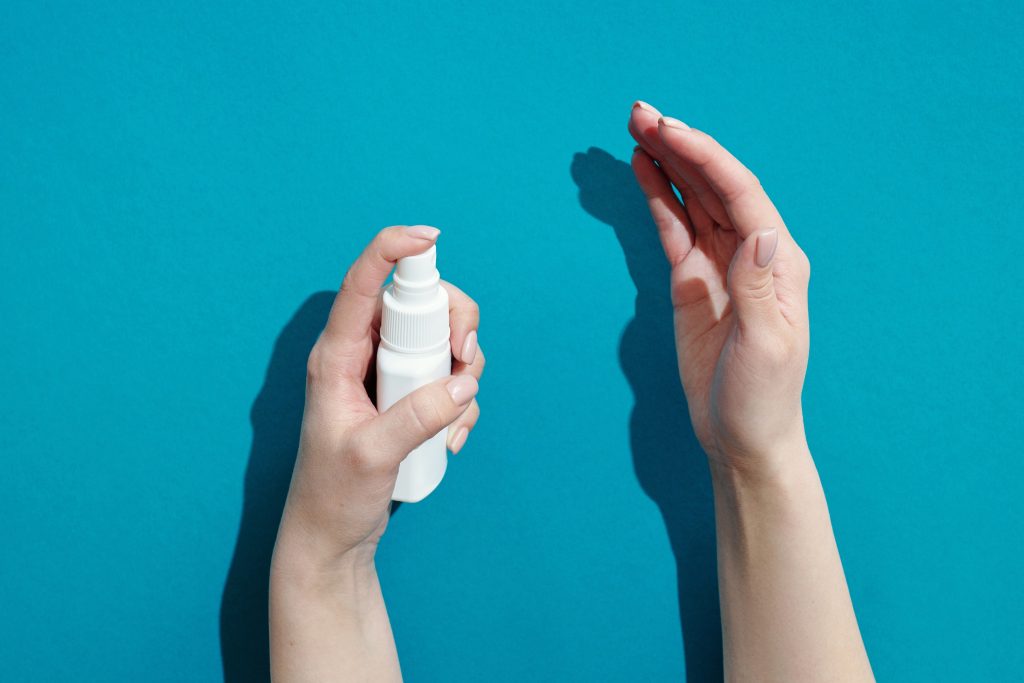
Look on the label of your antiseptic first aid spray if you have some. You’ll most likely see chlorhexidine at the back because of how it can help reduce skin infections. Not to mention, it’s a great disinfectant as well.
As opposed to the other antiseptics on this list, chlorhexidine is more efficient on the skin or in the mouth. Yes, it can be ingested orally. Meaning, you can find this in the form of lozenges, mouthwashes, mouth and throat sprays, along with skin creams and lotions.
Just follow the package instructions carefully, and wash your hands thoroughly before and after using the medication.
Formaldehyde
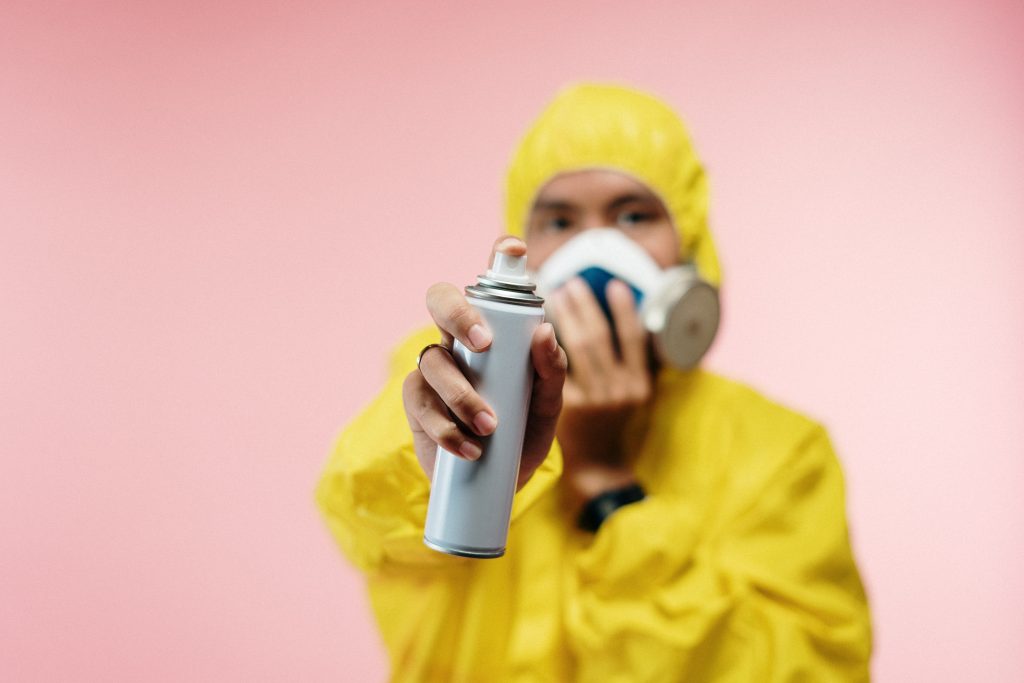
Formaldehyde, or methanal/formalin, is a colourless and organic chemical. Like many other disinfectants and antiseptics, it has a distinct and strong aroma and can be seen in the healthcare industry. Instead of chlorine-based cleaners, formalin sanitises stainless steel implements since chlorine can corrode such equipment.
This chemical, as an antiseptic as well, can kill fungi and bacteria quite well. It’s also found in several other products such as solvents, bonding agents, and even adhesives. However, especially in its pure form, it’s so powerful that it’s categorised as a carcinogen for us humans.
Phenolics
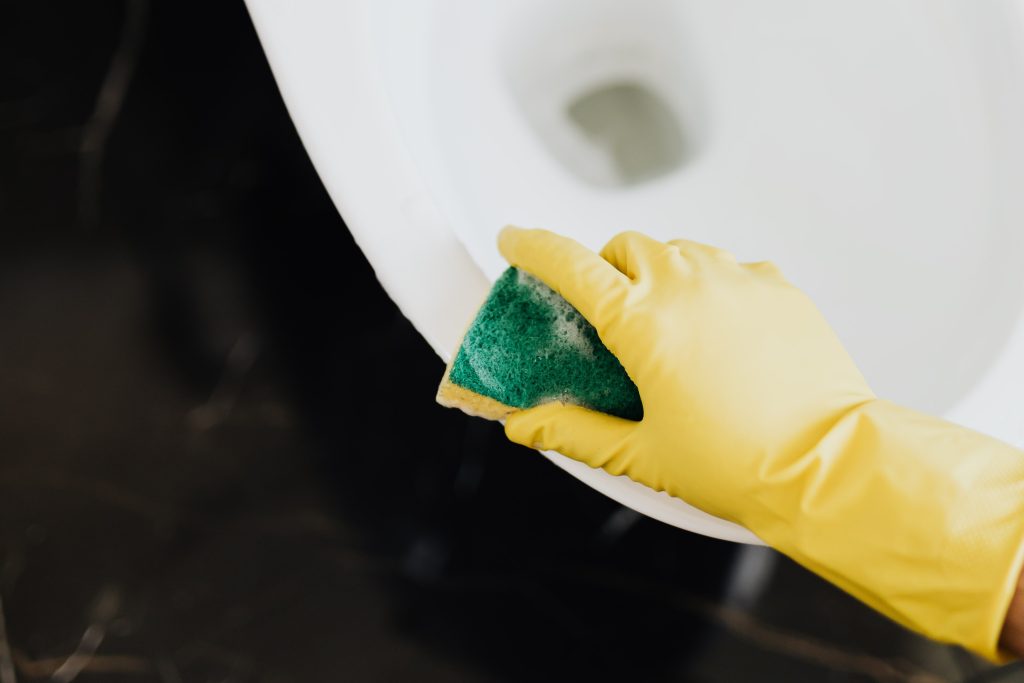
Phenolic compounds, also known as phenols or phenolics, are supposedly one of the first disinfectants for medical tools. It’s clear or white as a pure solid. Phenol as the manufactured cleaning agent is available in a liquid form, with a slightly but distinctly sweet aroma.
When made with other additives such as reagents, phenols are used to clean other tools outside the field of healthcare. Phenolics in mouthwashes have anti-inflammatory properties. They can also sanitise tables, floors, and even toilets.
Apart from being reliable household cleaners, another phenol (butylated hydroxytoluene) can be found in cosmetics and food as an antioxidant.
Quaternary Ammonium Compounds
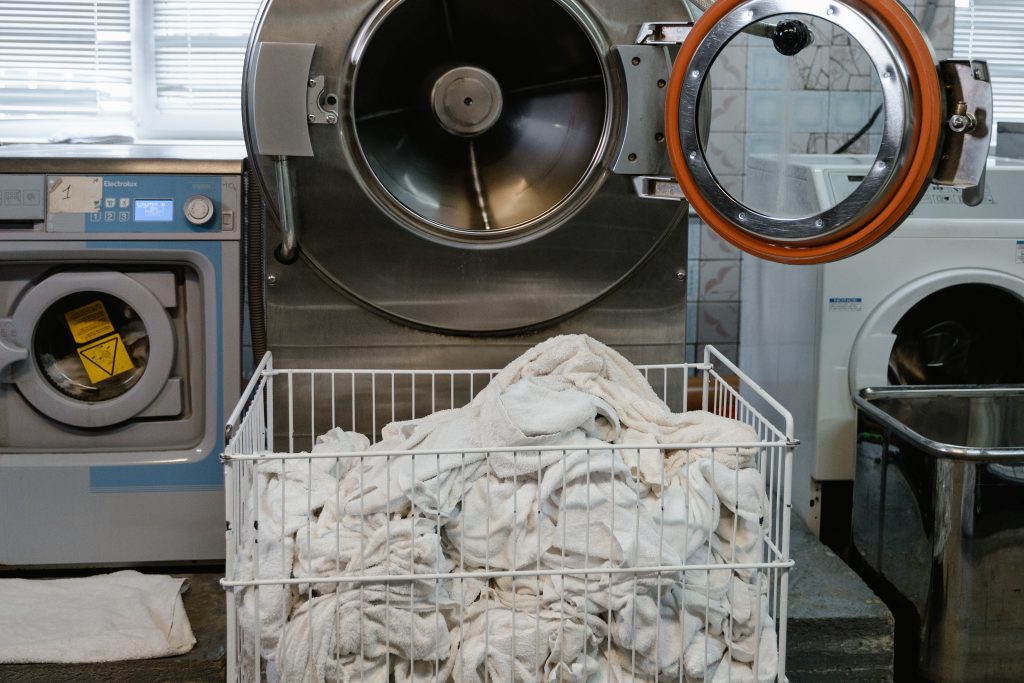
Quaternary ammonium compounds, or quats, are a group of related chemicals that have impressive antimicrobial abilities. It’s a triple threat, being virucidal, fungicidal, and bactericidal all in one. These compounds are either yellowish or clear but can be irritating to the skin.
Quaternary has so many compounds up its belt that they help a wide range of industries. These can decontaminate clothes in hospitals and laundries. They can manage algae growth in water plants and regular swimming pools. As an antiseptic, farmers use them to clean their cow’s udders and their hands during milking.
Precautionary Measures
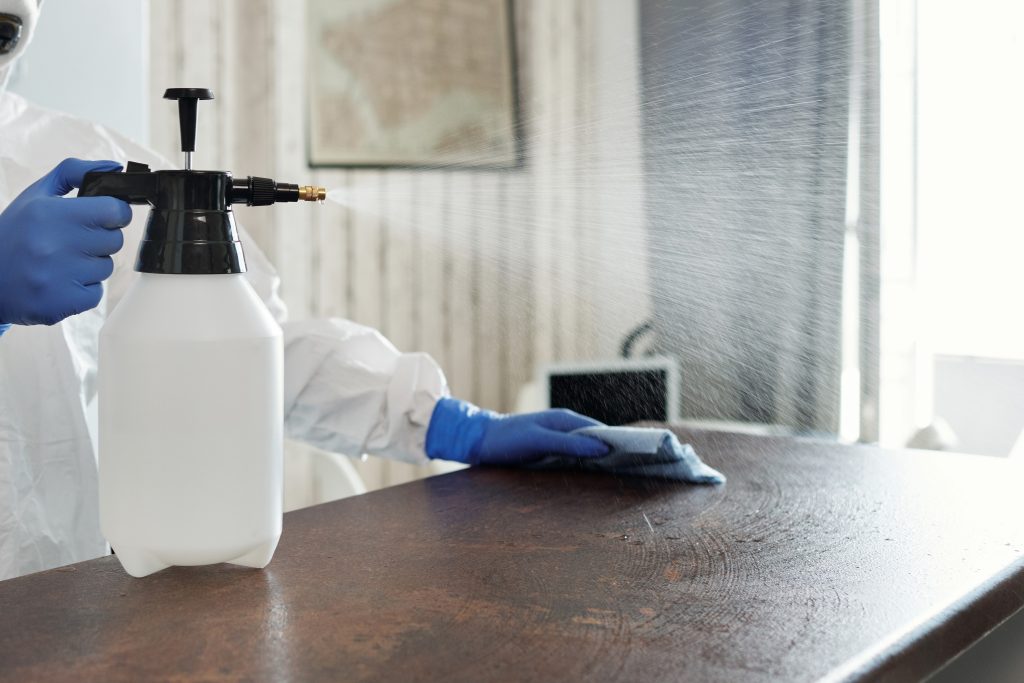
Even when all-of-the-above cleaning agents have superb sanitising abilities, they’re not without their drawbacks. For instance, most of them can be dangerous or even carcinogenic. If you’re not being careful or using the proper protective gear, that is. It’s best to be as careful as possible.
Be sure to take precautions when dealing with strong chemicals. Wear gloves for your hands and a facemask or face shield for the fumes. There will be chances of accidents in any situation.
Rinse off the exposed area with water immediately if somebody got any products in their eyes and such. If a stinging sensation erupts or persists, there is help available for you. Please remember to call emergency numbers such as your local hospital or poison control in such cases.
In Conclusion
Antiseptics are used for cleaning any pathogen from living tissue like the skin on our hands. Disinfectants are for sanitising nonliving elements such as showers and hospital equipment. They both have a lot of similarities that it’s hard to distinguish between the two.
Disinfectants range from chlorine compounds to peracetic acids. Examples of high-level disinfectants that are useful for healthcare purposes are ortho-phthalaldehyde and glutaraldehydes. As for antiseptics, a surprising category would be antimicrobial dyes such as gentian violet and merbromin.
In the right doses and formulations, some solutions can be classified as both antiseptics as well as disinfectants. These mixtures include hydrogen peroxide, iodophors, chlorhexidine, formaldehyde, phenolics, alcohols, and quaternary ammonium compounds.
All disinfectants and antiseptics are very useful for our everyday lives. As long as we use them properly and wisely, they’ll be an asset in almost any situation we’re in.



